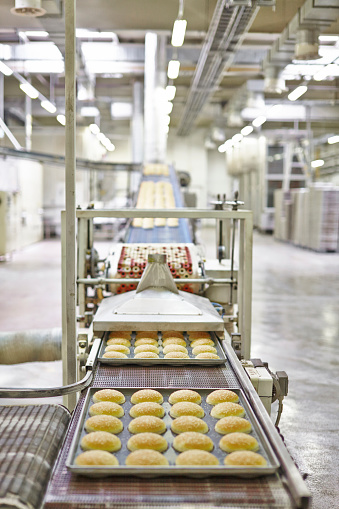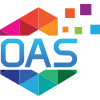Platform Components
The core of the OAS Platform, enabling data connectivity, server-to-server networking, and more
Log data in open format to MS SQL Server, Oracle, mySQL, PostgreSQL, InfluxDB, MongoDB, SQLite, MariaDB, Access, SQL Azure, Amazon Aurora, Amazon RDS, Amazon Redshift, Google Firebase, and CSV files
Log events to open databases, and send notifications via SMS, email, and voicemail
Read and write data to Allen Bradley, Siemens, and Modbus devices, Universal Drivers, OPC, OPC UA, databases, Excel, and read MTConnect.
Connect to cloud-base IoT gateways such as AWS, Azure IoT Hub, Azure Event Hubs, Kafka, MQTT, and Sparkplug B
Build custom Visualizations, User Interfaces, HMIs and Dashboards for Windows, web, as well as native iOS and Android devices
Develop custom automation apps for Windows, web, and mobile devices. Integrate with .NET and REST APIs. Build custom integrated device drivers.
Provides the most robust, scalable, and reliable distributed networking platform for IIoT solutions
The agriculture and food processing industry are increasingly turning to IoT sensors to monitor the production and distribution of food items. The adoption of high-tech solutions by the food processing industry is nothing new as large scale industrial enterprises have been doing this for decades. However, recently even small businesses have started exploiting the benefits of high-tech low-cost systems.

The ongoing development of the Internet of Things has changed various industrial operations for the better, including the field of food processing. These applications can be implemented within the processing chain to make it cheaper, safer, and more consumer and producer friendly. Devices with sensors can measure, record and share data in real-time and easily create a huge database for analysis. This data analysis provides companies better insight into what is happening in a particular process. The efficient collection and sharing of data among the relevant stakeholders also help in making smart food policies to enhance food safety. Moreover, enterprises can use this data to understand customer behavior, improve efficiency in business operations, and understand market trends among other numerous benefits.
The Future of Food Processing
The integration of IoT in the food sector helps in maintaining high food standards and improving food safety. The possibilities of IoT in the food industry are nearly limitless. OAS offers IoT solutions that can transform your food manufacturing network on every level, from raw materials to inside the factory, to delivering a finished product to consumers.
For enhancing the quality assurance, companies involved in this business are using smart thermostats to constantly monitor the temperature of the manufactured products in real-time. We provide integrated IoT systems that can collect real time sensor data to ensure that food products are safe for consumption. Our IoT applications can also be configured to ensure sufficient stock is available and automatically order new supplies as needed.
Other applications of IoT have been used in trucks to detect vibration, bumping, and degradation of packaging and products. Vehicle-to-vehicle (V2V) technology even allows trucks to communicate throughout the entire delivery cycle. The OAS Platform can collect, process, and move this data so food producers can assess the quality of raw materials, mid-process goods, and finished products to prevent the flawed product from reaching consumers.
